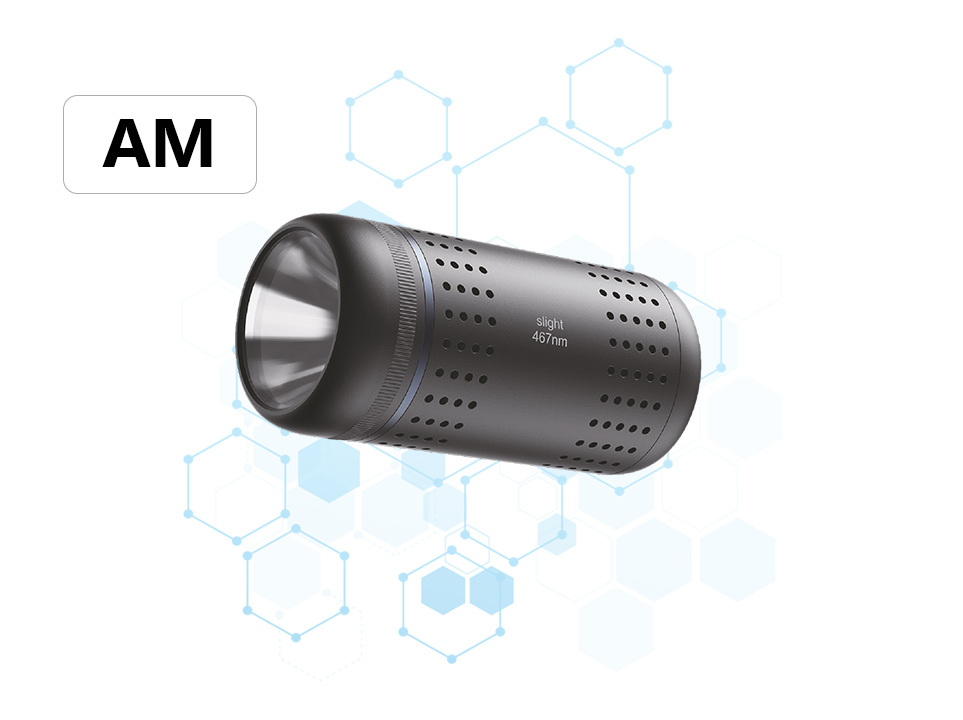What are the advantages and characteristics of 3S Tech LED photoreactor compared to mercury lamps and xenon photoreactor?
LED photoreactors offer significant advantages over mercury lamp and xenon lamp photoreactors in the field of photochemical reactions.
LED photoreactors exhibit excellent monochromaticity and wavelength tunability. The half-peak width of a single-wavelength LED is typically around 10 nm, which is much narrower than that of a xenon lamp combined with a filter. This enables more precise data calculation in quantum efficiency tests. LEDs cover a wide wavelength range from 365 nm to 940 nm, spanning ultraviolet to infrared bands. They can flexibly select specific wavelengths according to experimental needs, meeting the spectral requirements of various chemical reactions.
LED photoreactors are cold light sources, generating almost no heat during the light-emitting process. This effectively prevents temperature changes in the reaction system caused by the heat from the light source, which is particularly advantageous in photothermal catalysis experiments or reactions sensitive to temperature. In contrast, mercury lamps generate a large amount of heat, potentially affecting the working environment and equipment stability. Xenon lamps, while offering high light power density, also suffer from heat generation issues.
LED photoreactors have a long service life, reaching up to 10,000 hours, significantly exceeding that of mercury and xenon lamps. This reduces the frequency of bulb replacement and maintenance costs. Their light-emitting mechanism, based on carrier movement, results in minimal aging and burnout phenomena, ensuring high luminous stability and reliable continuous operation over extended periods.
LED photoreactors are also energy-efficient and environmentally friendly. As fully solid-state light emitters, they are shock-resistant and not easily broken, with recyclable waste. They do not contain harmful elements such as mercury and xenon, aligning with the principles of green chemistry. Additionally, modern LED photoreactors often adopt a modular design, allowing users to easily combine and expand them according to experimental needs. They integrate functions such as temperature control, stirring, sampling, and online detection, supporting remote control and data analysis to enhance experimental accuracy and reproducibility.





